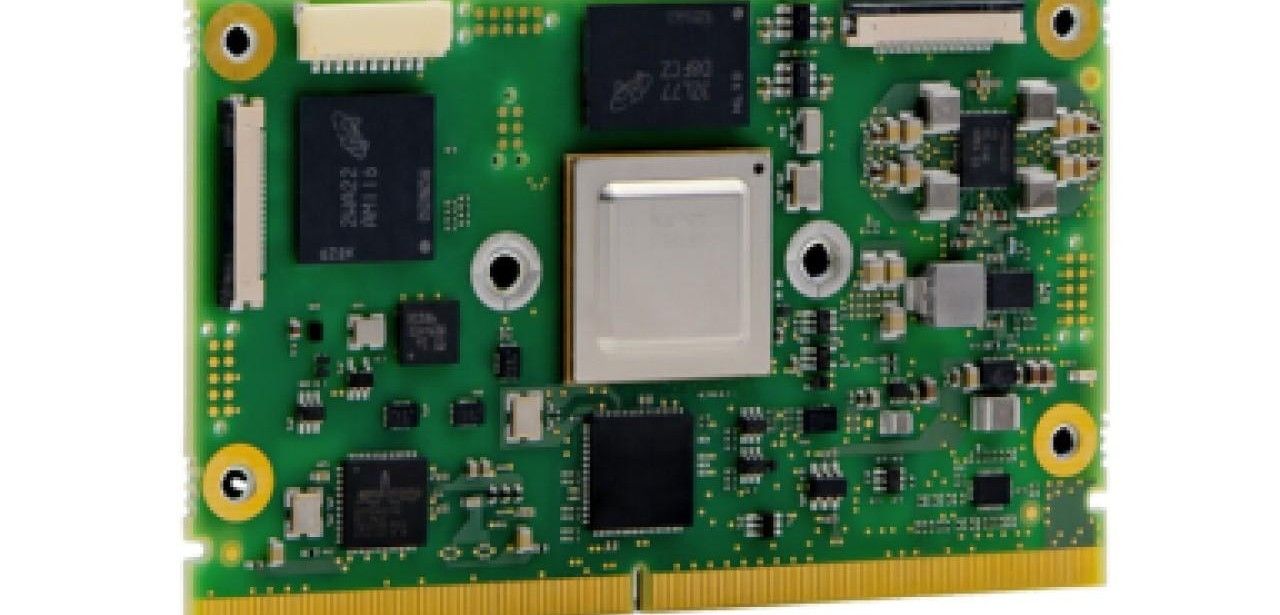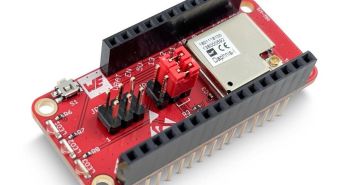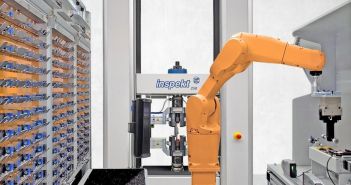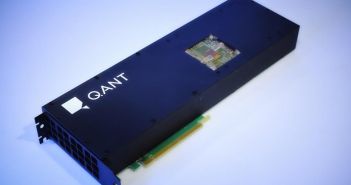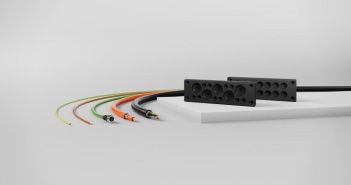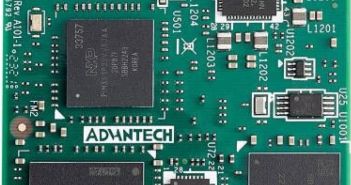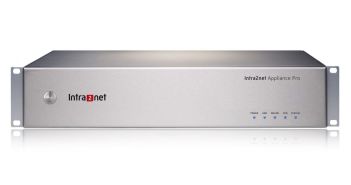JUMPtecs SMARC-sAM67 is an embedded IoT module built on the Texas Instruments AM67A platform, featuring four Arm Cortex-A53 cores clocked at 1.4 GHz, a 4 TOPS neural processing unit and on-device accelerators. It supports up to 8 GB of LPDDR4 memory, 32 GB eMMC storage and provides high-speed connectivity through USB 3.0, PCIe Gen 3 and dual Gigabit Ethernet. Integrated GPU compute, a DSP with vector cores, an imaging subsystem, video codec and industrial security accelerators deliver performance.
Table of Contents: What awaits you in this article
JUMPtec Launches Energy-Efficient SMARC-sAM67 Module for Embedded IoT Edge-AI
JUMPtecs new SMARC-sAM67 module integrates the TI AM67A with four Arm Cortex-A53 cores clocked at 1.4 GHz alongside a 4 TOPS neural processing unit and a set of on-device accelerators, delivering AI and image processing capabilities at minimal power consumption. This compact embedded IoT solution supports LPDDR4 memory and eMMC storage, high-speed interfaces, and hardware security engines. It combines versatile computing resources to efficiently handle complex Edge-AI workloads in truly industrial environments.
SMARC-sAM67 Employs TI AM67A, Quad Cortex-A53, 4 TOPS NPU
The SMARC-sAM67 employs the highly adaptable TI AM67A system-on-chip featuring four 1.4 GHz Arm Cortex-A53 cores paired with a dedicated 4 TOPS neural processing unit. Integrated GPU compute and a modern DSP with scalar and vector engines boost parallel performance. An advanced imaging subsystem plus a hardware video codec deliver efficient vision processing, while microcontroller cores handle real-time control. Industrial-grade security accelerators ensure robust protection for processing cores and interfaces.
High-speed module includes 8GB LPDDR4 and 32GB eMMC storage
Equipped with up to 8 GB of LPDDR4 memory and up to 32 GB of eMMC flash storage, the module provides ample capacity for demanding applications. Peripheral connectivity includes USB 3.0, PCIe Gen 3 lanes and two Gigabit Ethernet ports, enabling high-throughput communication. These interfaces facilitate rapid data exchange and ensure reliable, low-latency links to host systems, sensors, actuators or external peripherals, making it suitable for industrial IoT and robotics.
SMARC-sAM67 integrates drivers into Linux kernel enabling seamless updates
Optimized for Linux-based deployments, the SMARC-sAM67 features all device drivers integrated directly within the mainline Linux kernel. This design choice streamlines maintenance, enabling hassle-free software updates. Advanced security measures include Secure Boot, which verifies firmware authenticity at startup, a Trusted Execution Environment (TEE) to isolate sensitive processes, and dedicated cryptographic accelerators that offload complex encryption tasks. Together, these mechanisms safeguard against unauthorized access and ensure the integrity of mission-critical applications.
Module Enables Parallel CPU GPU NPU Processing For Vision
The module is designed to power robotic teach pendants, advanced factory automation, medical imaging systems, and test equipment. By combining a high-performance multicore CPU, integrated GPU, dedicated NPU, versatile DSP, and hardware accelerators, it handles both conventional vision algorithms and modern deep learning models simultaneously. This parallel processing capability reduces complexity and costs. It enables developers to deploy camera-based applications efficiently, improving performance and energy efficiency in demanding industrial environments.
JUMPtec SMARC-sAM67 Delivers Exceptional Performance Efficiency For Edge-AI Deployments
Balancing high performance with low power consumption, the JUMPtec SMARC-sAM67 features extensive on-device accelerators and security engines for Edge-AI. Its modular design and interfaces allow integration with sensors, actuators, and host systems. Prebuilt Linux drivers facilitate rapid setup and updates. Secure Boot, Trusted Execution Environment, and hardware cryptography protect critical data and applications. This module empowers developers and industrial users to build scalable, energy-efficient AI solutions at the network edge.


